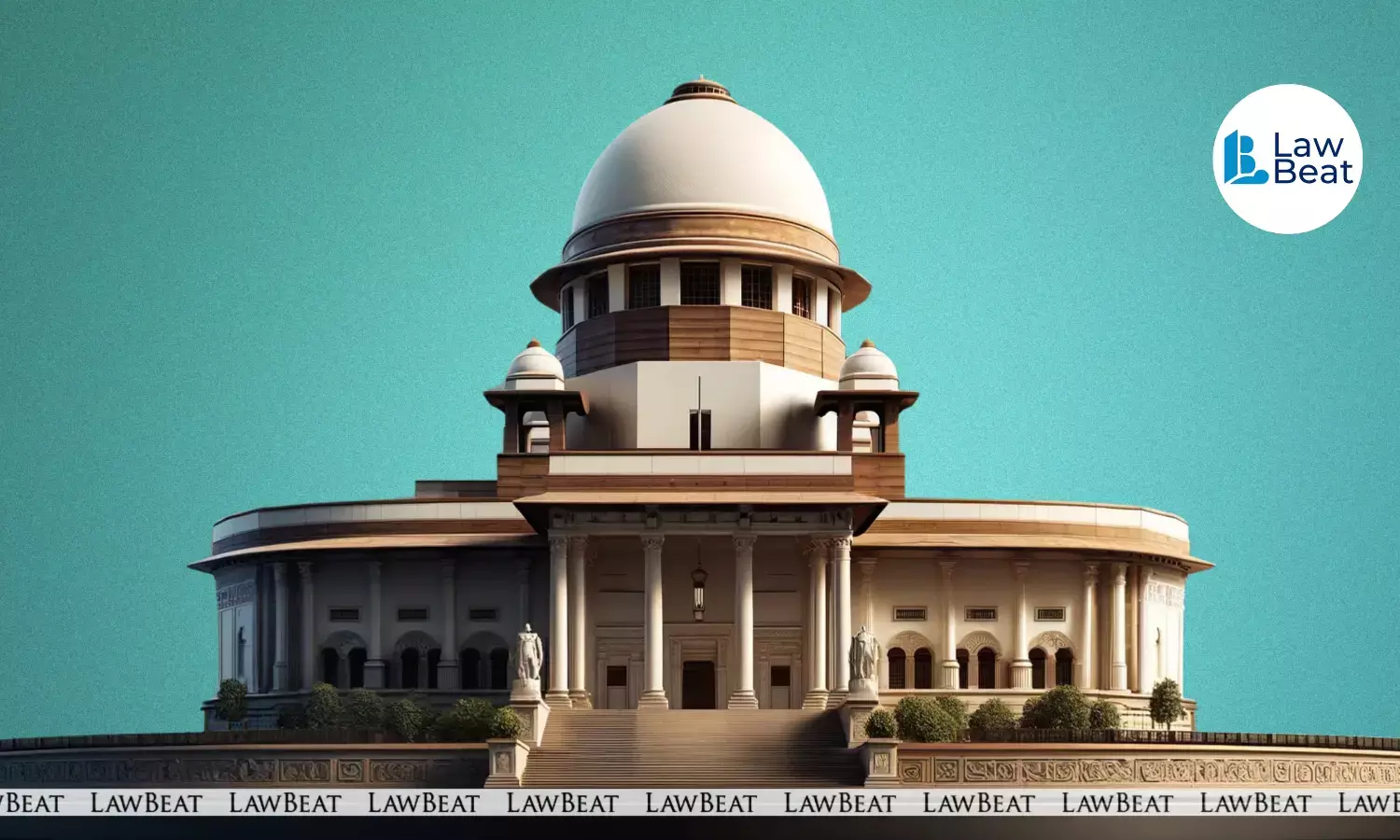SC Upholds Man’s Conviction for Killing Friend Over ₹4,000: Circumstantial Evidence Held Sufficient

In a significant ruling on the evidentiary value of circumstantial proof, the Supreme Court has upheld the conviction of a man who murdered his friend in 2006 following a financial dispute. The top court observed that the chain of events, though lacking direct eyewitness testimony, formed a conclusive and unbroken narrative pointing to the accused’s guilt.
The judgment not only reiterates key principles governing circumstantial evidence but also highlights how courts must evaluate human conduct, forensic inputs, and gaps in the accused’s defence when forming conclusions in criminal cases.
Case Background: Friendship Ends in Murder Over ₹4,000
The case dates back to July 10, 2006, when the accused, Chetan, took his friend Vikram Sinde on a hunting trip. Vikram never returned. His body was discovered three days later in a field, and Chetan was arrested nearly two weeks after the incident. The motive, according to the prosecution, stemmed from Vikram’s refusal to repay a ₹4,000 loan taken from Chetan.
Upon arrest, Chetan led the police to recover a gold chain belonging to the deceased and a double-barrel gun from his grandfather’s house. Despite these findings, the defence challenged the conviction on the grounds that no eyewitness had seen the shooting and the last-seen theory was uncorroborated.
Court’s Reasoning: Circumstantial Links Were Clear, Coherent, and Convincing
A bench comprising Justices Surya Kant and N. Kotiswar Singh dismissed the appeal, affirming that the evidence presented formed a consistent and logical chain. Importantly, the Court held that while the last-seen witness had turned hostile, he had conceded in cross-examination that he saw the two together shortly before the murder. This, combined with forensic and ballistic evidence, gave credence to the prosecution’s case.
The bench observed:
“Each of the circumstances so proved must form a complete chain without any break and clearly point to the guilt of the accused.”
The Court gave weight to Chetan’s abscondence from July 11 to July 22, 2006. Though absconding alone does not prove guilt, it becomes relevant under Section 8 of the Indian Evidence Act when considered alongside other incriminating circumstances.
Forensic and Ballistic Evidence Played a Crucial Role
The judgment underscores the increasing reliance on scientific evidence in cases lacking direct testimony. Ballistic analysis matched the empty pellets recovered from the deceased’s body with the gun recovered from the accused’s grandfather’s home. The defence’s argument that no one saw the accused carrying the gun was rejected as the forensic expert testified that the firearm could be dismantled and concealed.
The bench noted:
“Merely because there is no evidence of any witness seeing the gun being carried by the appellant, it cannot be fatal to the prosecution’s case.”
Motive Not Always Mandatory in Circumstantial Cases
Addressing the question of motive, the Court held that while motive strengthens a prosecution case, its absence is not fatal when the circumstantial evidence independently forms a coherent whole.
The judges remarked that motive often lies in the “deep recesses of the mind” and cannot always be proved through direct evidence. Even assuming the monetary dispute was not established, it would not weaken the case if the surrounding circumstances pointed to guilt.
Section 313 CrPC: Accused’s Silence May Invite Adverse Inference
Another notable aspect of the ruling was its emphasis on the importance of Section 313 CrPC, which allows an accused to explain or deny evidence. The Court found that Chetan offered no credible explanation during this process and merely denied or feigned ignorance when confronted with incriminating facts.
This evasiveness, the Court held, allows the judiciary to draw adverse inferences.
Legal Takeaway: Circumstantial Evidence Can Be Decisive
This ruling reaffirms that a well-established chain of circumstantial evidence, if free from speculation and grounded in logic, is sufficient to convict an accused. It strengthens the judiciary’s message that even in the absence of eyewitnesses, justice can be served through forensic science, logical deduction, and behavioural patterns consistent with guilt.
Case Title: Chetan Vs State of Karnataka
Click here to download Judgment
